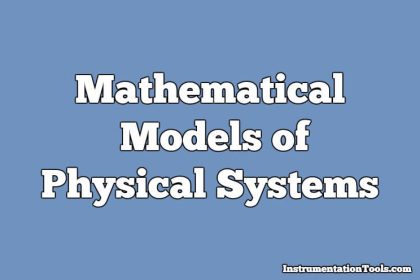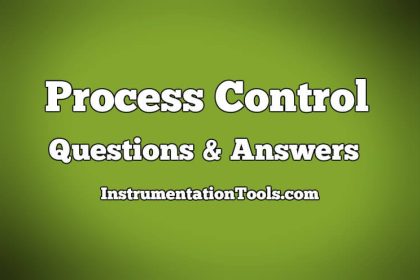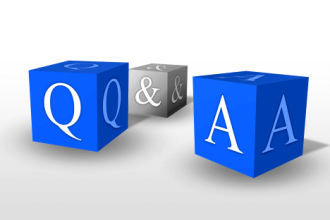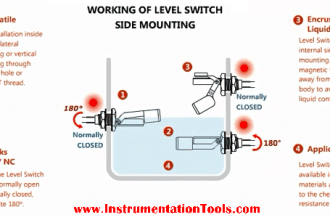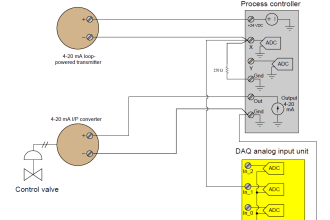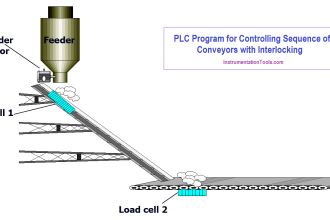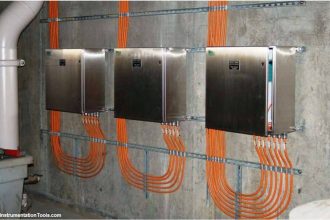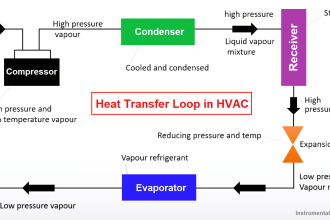Radiofrequency Mass Spectrometer
1. Which of the following is placed just before the detector in radiofrequency mass spectrometer?
a) Ion source
b) Potential energy selector
c) Ionisation chamber
d) Reflectron
Answer: b
Explanation: A potential energy selector is placed before the detector. It balances out the energy of the ion beam.
2. Which of the following is applied in one or more stages where each stage is a series of three equally spaced parallel grids?
a) Ionisation field
b) Reflection
c) RF field
d) Acceleration
Answer: c
Explanation: RF field is applied in one or more stages. Each stage is a series of three equally spaced parallel grids.
3. The alternating voltage rf voltage is applied to which of the following?
a) All grids
b) Central grid
c) Alternate grids
d) None of the grids
Answer: b
Explanation: The alternating voltage rf voltage is applied to the central grid. All the other grids are kept at ground potential.
4. The rf spectrometer contains a magnet.
a) True
b) False
Answer: b
Explanation: Rf spectrometer does not contain a magnet. Rf field is applied for this type of mass spectrometer.
5. The DC ion accelerating voltage is swept from _________
a) 0 to 50 V
b) 50 to 100 V
c) 200 to 300 V
d) 50 to 250 V
Answer: d
Explanation: The DC ion accelerating voltage is swept from 50 to 250 V. This is done twice per second.
6. The resolution of the Bennet tube can be improved by using which of the following?
a) Sine wave rf signal
b) Square wave rf signal
c) Triangular wave rf signal
d) Random signal
Answer: b
Explanation: The resolution of the Bennet tube can be improved by using square wave rf signal. Usually, sinusoidal wave signal is used.
7. In Bennet spectrometer, the rf voltage has a fixed frequency.
a) True
b) False
Answer: a
Explanation: In Bennet spectrometer, the rf voltage has a fixed frequency. It is modulated at 10 percent at 1kHz.
8. The spurious lines can be reduced to minimum by using which of the following?
a) Single stage tube
b) Two stage tube
c) Three stage tube
d) Reflectron
Answer: c
Explanation: The spurious lines can be reduced to minimum by using three stage tubes. Two stage tubes tend to produce spurious lines.
9. Which of the following is the disadvantage of using three stage tubes?
a) Reduced resolution
b) Bulky construction
c) Complex
d) Heavy
Answer: a
Explanation: The spurious lines can be reduced to minimum by using three stage tubes. This results in reduced resolving power.
10. Which of the following is not the feature of Bennet type spectrometer?
a) Lightweight
b) Simple
c) Absence of spurious lines
d) Moderate resolution
Answer: c
Explanation: Absence of spurious lines is not a feature of Bennet type spectrometer. Spurious lines can be reduced by adding new features.
11. The resolving power of Bennet type spectrometer is primarily based on which of the following?
a) Distance between detector and reflectron
b) Difference between the individual rf accelerating stages
c) Length of the drift tube
d) Laser beam used
Answer: b
Explanation: The resolving power of Bennet type spectrometer is primarily based on difference between the individual rf accelerating stages.



